Sosnowiec Jęzor. 2024-09-25
Sosnowiec Jęzor Railway Station.
Geographic coordinates: 50.241N 19.198E. Elevation 249 m (816.93 ft). Jęzor district, Sosnowiec city, Silesian Voivodeship.
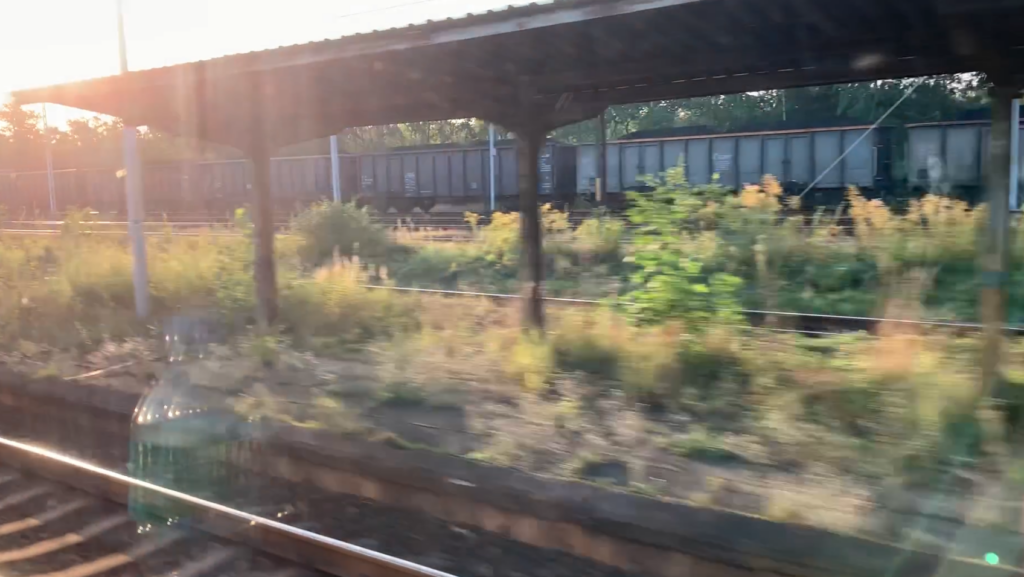
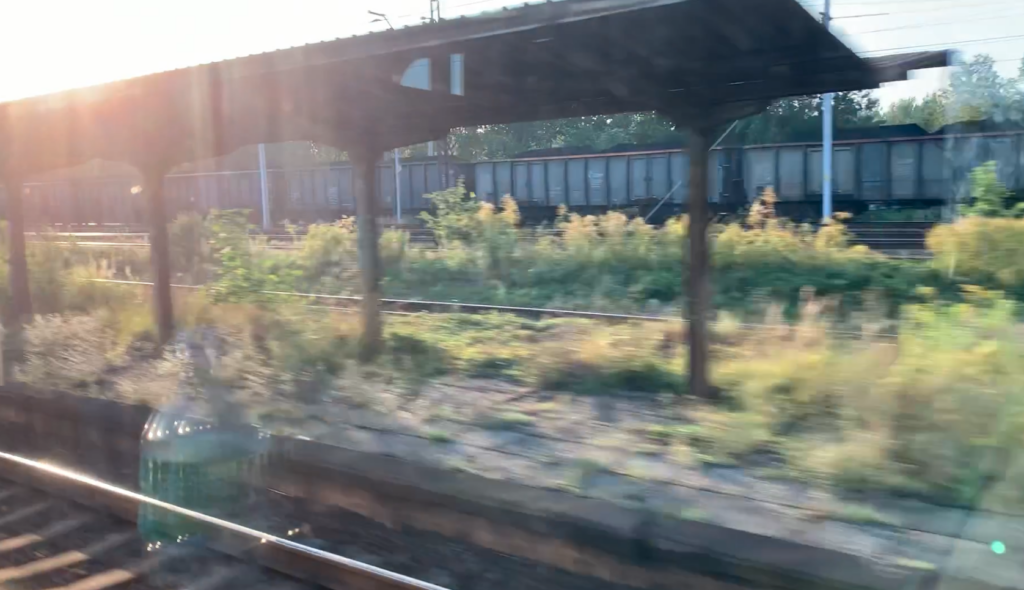
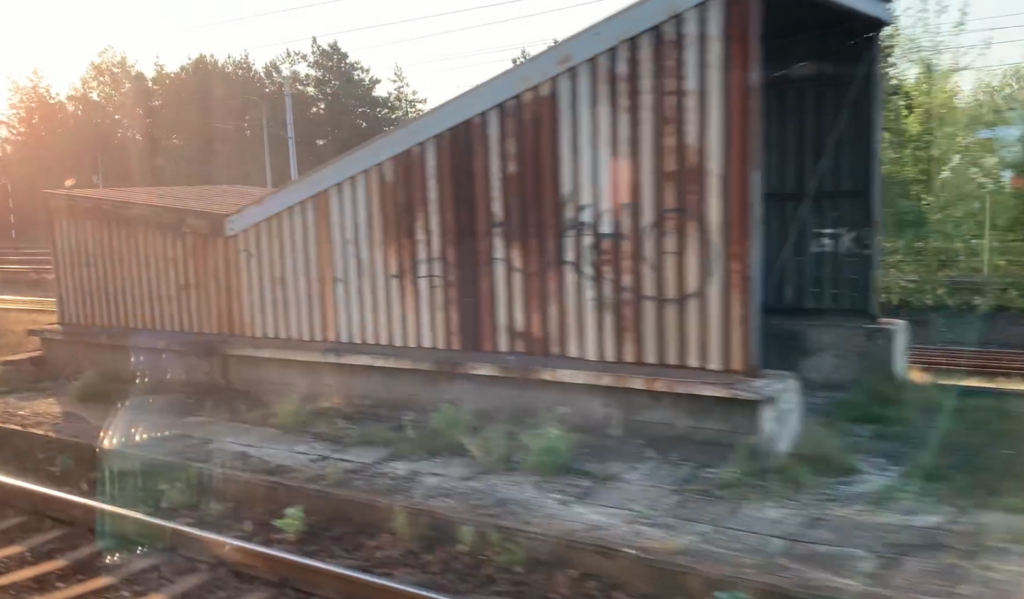
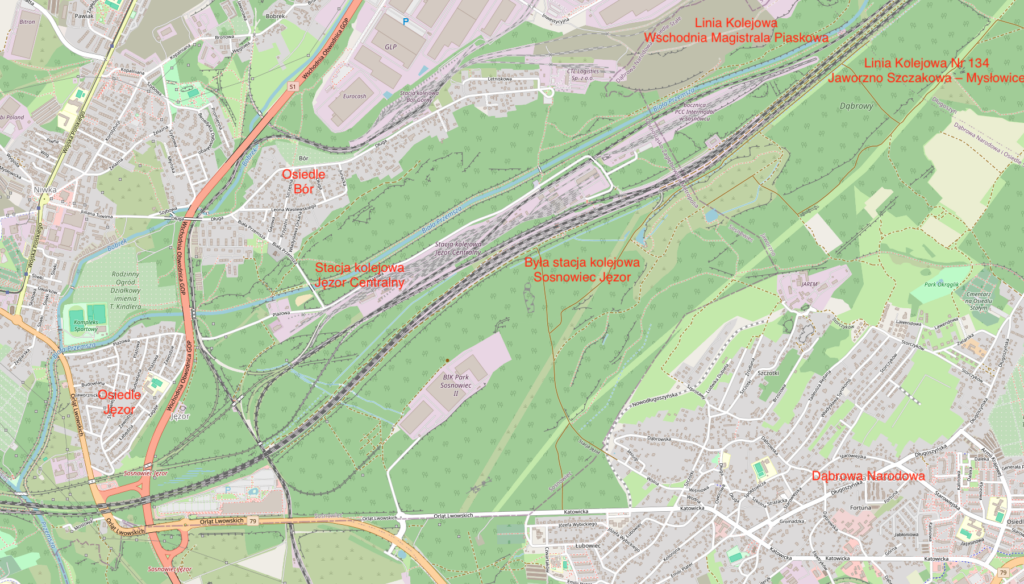
History of the Jęzor settlement.
Until 1790, the Jęzor settlement was initially a hamlet of the village of Dąbrowa Narodowa. The estate was the property of the Kraków Bishopric until the partitions of Poland. In the period 1795–1809, the estate was part of the Habsburg Monarchy, and as a result of the Napoleonic Wars, in the period 1809-1815, it belonged to the Duchy of Warsaw, or more precisely, the Muscovite state. Then, in the period 1815-1846, this area belonged to the Free City of Kraków. In the period 1846-1867, it was the property of the Austrian Empire, which was transformed into the Austro-Hungarian Monarchy (1867) and so it lasted until 1918, when the Great World War broke out. In the interwar period, in the Second Polish Republic, the area of Jęzor was in the Chrzanów district, Kraków voivodeship. For many years Jęzor belonged to Jaworzno, and in 1953, it was annexed to Sosnowiec.
Jęzor is currently the southernmost district of Sosnowiec. The Jęzor district has been within the city limits of Sosnowiec since 1953. The settlement of Jęzor dates back to the Middle Ages. The district is naturally limited by the Biała Przemsza and Przemsza rivers. The Jęzor district is intersected by a dense network of railway routes and roads. Among them is the S1 Motorway, National Road No. 79, and nearby is the A4 Motorway. On the one hand, the extensive railway network is a historical legacy, because it was the meeting point of the borders of three occupiers of Poland. On the other hand, the development of heavy industry after World War II. Currently, the Jęzor estate is territorially small and limited by roads; the S1 Motorway and National Road No. 79.
Jęzor railway junction.
It should be remembered that the Jęzor railway junction was rebuilt many times. New tracks were laid depending on current needs, and tracks no longer used were dismantled. Especially the Piaskowa Railway tracks. Railway Line No. 134 Jaworzno Szczakowa – Mysłowice remained unchanged, undergoing only minor corrections. The number of tracks in the line changed. Modernization is still being carried out. These changes were caused mainly by the establishment or closure of subsequent hard coal mines. Currently, the following Railway Lines run through the station: No. 134 Jaworzno Szczakowa – Mysłowice, No. 180 Dorota – Mysłowice Brzezinka, LK Jęzor Centralny – Sosnowiec Jęzor (KP 235). Sosnowiec Jęzor Station is located on LK No. 134 Jaworzno Szczakowa – Mysłowice, at 7.532 km. The distance to Mysłowice is 4.678 km.
The station was opened in 1927. The station was initially called Jęzor, and then Jęzor Sosnowiec. The station building housed a ticket and luggage office, which was open from 1927 to 1955. The station has two island platforms and four platform edges. In its heyday, the station consisted of two stations: Sosnowiec Jęzor and Sosnowiec Jęzor Centralny. The first served passenger traffic, especially workers from neighboring industrial plants. This was in the period 1928-2003. The station had a station building with ticket offices and a waiting room. An underground passage was also built, which allowed safe access to the platforms. In 2016, the station at Sosnowiec Jęzor station, due to its poor technical condition and lack of interest from investors, was demolished. The tunnel for passengers and platforms are not used. The tunnel entrances are roofed. The platforms have preserved shelters that protected passengers from rain and snow.
The second part of the station served freight traffic. It was and is the point of contact between the PKP PLK and Kolej Piaskowa railway networks, and currently the Infra Silesia company. Infra Silesia is a Polish railway infrastructure manager and construction company. The company belongs to DB Cargo Polska. Together with the managers Maczki-Bór S.A. and Kopalnia Piasku Kotlarnia – Linie Kolejowe, it manages the Polish Kolej Piaskowa network.
Jęzor station has two groups of main tracks: 4-track, located on the E30 route and 5-track on the railway line from Dorota to Brzezinka. All train traffic is conducted by the “SJr” signal box, which has relay devices with traffic lights. The “Jęzor” Traction Substation is located in the passenger section.
In the freight section there is; the Eastern Piaskowa Main Line, the PCC Intermodal Siding in Sosnowiec. There are also the “TABOR” M. Dybowski Rolling Stock and Equipment Production and Repair Plants and the “KoL-System” company. The Jęzor Centralny railway station is served by two signal boxes: “JCA” and “JCA-1”. On the western side of the Jęzor junction there is also the “JCB” signal box.
Jęzor station from the north has Plażowa Street, and a little further is the Biała Przemsza River. From the north, access to the station is provided by Biała Przemsza Street (with a bridge over the river), which runs from the BÓR housing estate. Jęzor Station is surrounded by forests on the south side, through which forest trails run, which have been named Jęzor Station. Warehouses of the DACHSER company, which provides logistics services, have been built in the forest. Behind the forests is the town of Dąbrowa Narodowa.
Traction of the Piaskowa Railway.
At the turn of the 40s and 50s of the 20th century, the first railway sections were built in the “Szczakowa” Sand Mine. Initially, steam locomotives of the Ty2, Ty45 and Ty51 series were used on them. Due to the increase in transport, work began on electrification of the most loaded railway sections with 3 kV DC electrification from 1951.
The electrification of the Jęzor junction subordinate to PKP, or rather the route; Jaworzno – Szczakowa – Mysłowice, began in 1959. On the other hand, the electrification of the Piaskowa Railway – Eastern Piaskowa Main Line, began in 1951. The liquidation of electric traction on the Piaskowa Railway took place in 2012.
Since the Piaskowa Railway was independent of PKP, it ordered locomotives and wagons for its service itself. An example was the first electric locomotive used on the Piaskowa Railway. The locomotive was designated PaFaWag 2E (other designation 2E53). The locomotive was developed in 1953, in Wrocław together with engineers from the UK. 9 electric locomotives were ordered, which were produced in the period 1954-1956. The locomotives were used until 1988.
PaFaWag 2E electric locomotives were 6-axle locomotives. The electrical equipment and other equipment were purchased in Great Britain from Metropolitan Vickers Electrical Co. Ltd. The bogies were manufactured in the FabLok factory in Chrzanów. The bogies were adapted to work on very uneven tracks. The entire documentation of the electric locomotive, which was exported from the UK to Africa to South Africa, was purchased, with a wheelbase of 1,000 mm. There were two doors in the walls of the box on each side, which led to the engine room. The high-voltage compartment was in the center of the locomotive and had locked doors, which could only be unlocked after turning off the electric current. There was an entrance from the engine room to the cabins located at the ends of the box. Two upper pantographs were mounted on the roof of the box, to draw electricity from the upper network, and side pantographs on its edge, enabling the collection of energy from the side network at the excavation. Their electrical design prevented the use of both types of collectors at the same time. The locomotive was set on two three-axle bogies, which were articulated together. The axles of the wheel sets were mounted in axle boxes with rolling bearings. The traction motors were equipped with a ventilation system, which also prevented dust from getting inside. The motors were protected against damage in the event of the locomotive derailing. The constructed locomotives received automatic couplers, which were replaced with screw couplers and classic buffers during repairs. Three windows were placed in the front walls. There were 5 windows in each of the side walls, plus windows in the doors. There were also air intakes for ventilation and compressors in the walls.
The 2E electric locomotive had a Co’Co’ axle arrangement. Service weight 120,000 kg. Length 16.90 m. Width 2.89 m. Height 4.35 m (folded pantographs). Wheel diameter 1.22 m. Drive 6 electric motors. Continuous power 1,170 kW. Maximum speed 60 km/h.
The Piaskowa Railway decided to buy more electric locomotives. The central office of CBK PTK developed a project for a 5E type electric locomotive, which was based on the 3E electric locomotive, which in PKP bore the designation ET21. Eventually, the locomotive was abandoned and in 1958, 3E type locomotives (ET21) were purchased for the Piaskowa Railway. The 3E (ET21) locomotives were produced in the period 1957-1971. In the following years, the Piaskowa Railway considered buying 4E type locomotives (EU07), but this did not happen and the deliveries of 3E type electric locomotives continued. The last preserved electric locomotive, 2E53-8, was used at the Sosnowiec Jęzor station.
Written by Karol Placha Hetman
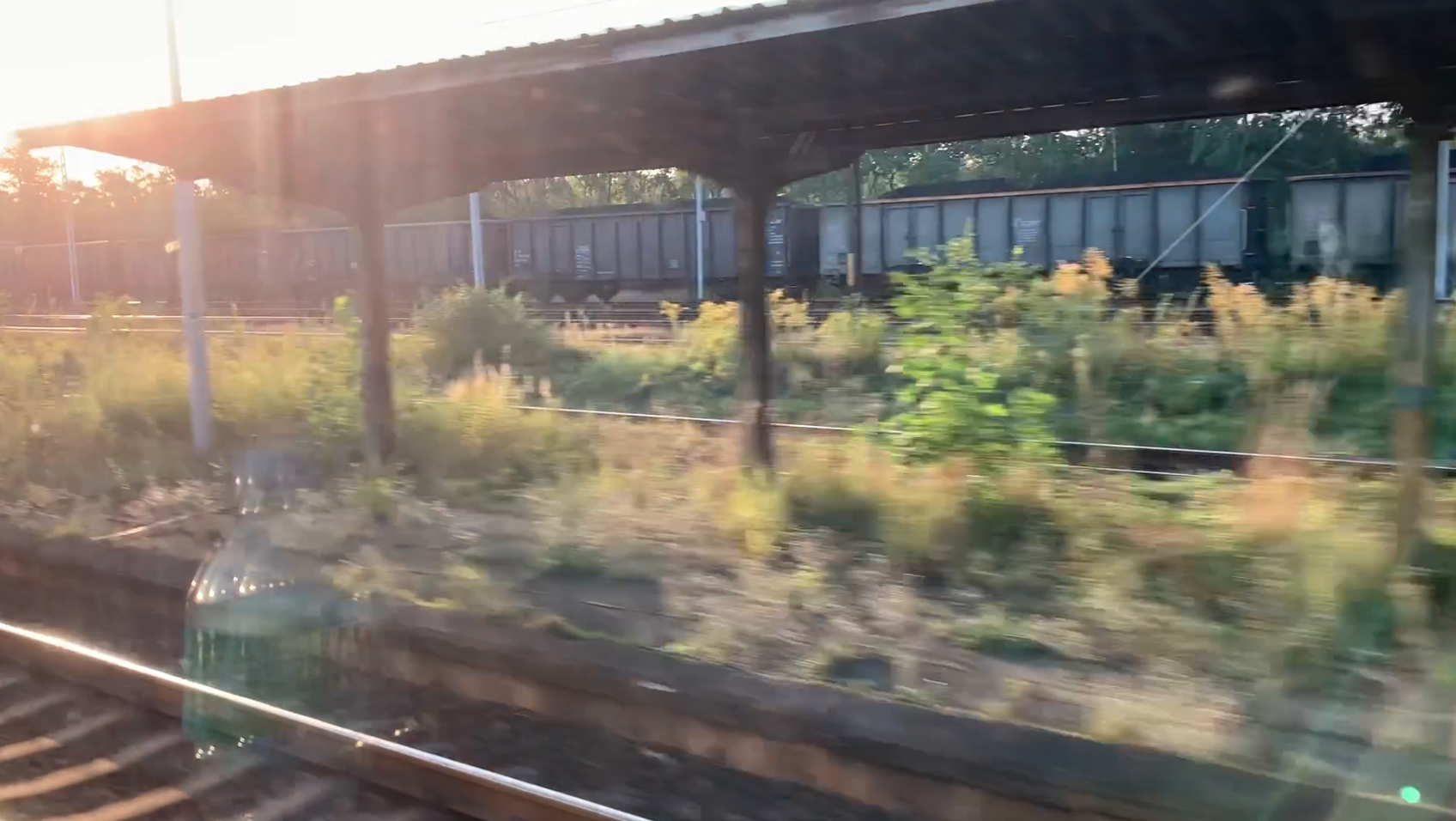
Leave a Reply
You must be logged in to post a comment.